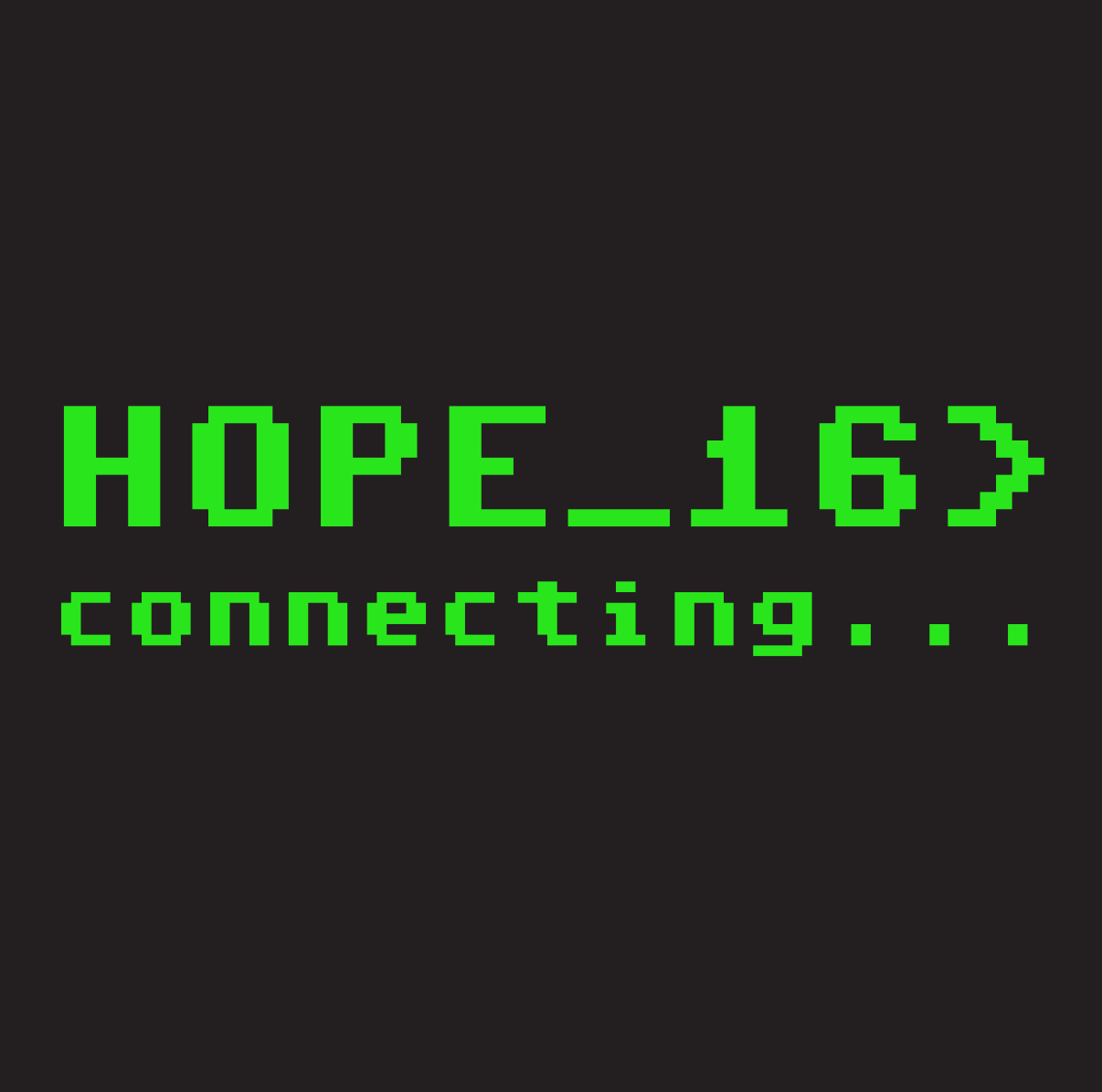A Brief Introduction to GNU Screen workshop
A brief introduction to GNU screen
Abstract
Screen is part of the GNU project, and is an overlooked utility that can make working on the command line much easier. Screen is a terminal multiplexer that allows for disconnecting remote sessions, multiple ways to enhance viewing of your command line sessions, and better ways to capture data from those sessions. I’ll show you how to use all of this, as well as how to install it under several GNU/Linux (and other) operating systems.
Materials
There are no physical supplies to be had. Aside from a Unix variant or another computer than can run screen.
Required Software
If the attendees can load screen before starting the workshop, they will have a little more time to explore the program. GNU/Linux users will have instructions within the workshop, Windows and Mac users should download ahead of time.
Installing Screen
On Centos 8:
sudo yum install epel-release sudo yum install screen
Redhat, older Fedora:
yum install screen
Newer Fedora:
dnf install screen
Debian/Ubuntu/Mint:
sudo apt-get install screen
Slides
The slides are on github
The slides for HOPE are presh.tpp.
Viewing the slides
TPP is a terminal based presentation software built in Ruby. It is available in many distribution repositories, so you can probably install using the same instructions you used for screen above, but change "screen" to tpp.
Video
The pre-recorded video is available here: [1]
The full Workshop video, including the Q&A is available on the 2600 YouTube channel:
https://www.youtube.com/watch?v=d5X6LNb8nNA
Screen command cheat sheet:
- https://gist.github.com/jctosta/af918e1618682638aa82
- https://gist.github.com/miguelmota/0e1189d89acfb97bd185c470505c1ded
In depth documenttion:
- https://wiki.archlinux.org/index.php/GNU_Screen
- https://www.linode.com/docs/networking/ssh/using-gnu-screen-to-manage-persistent-terminal-sessions/
- https://codingrandomly.com/2018/07/running-screen-in-wsl/
Tips:
- screen -RR: create or resume an existing screen session
- You can resize window splits
